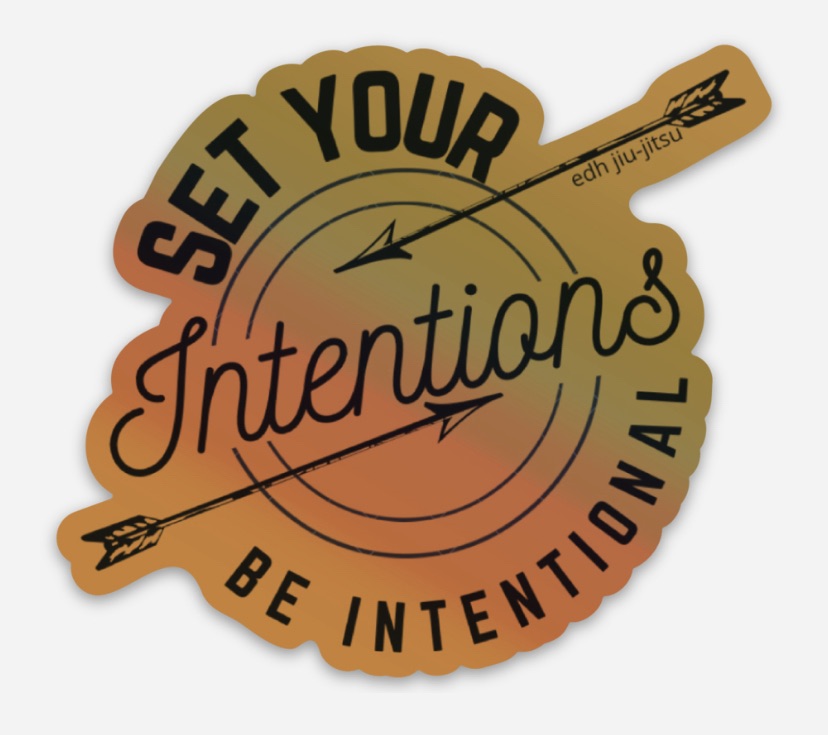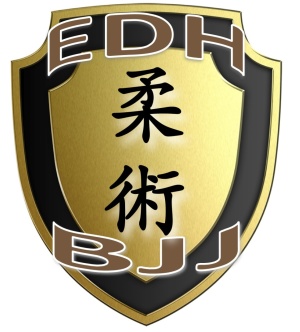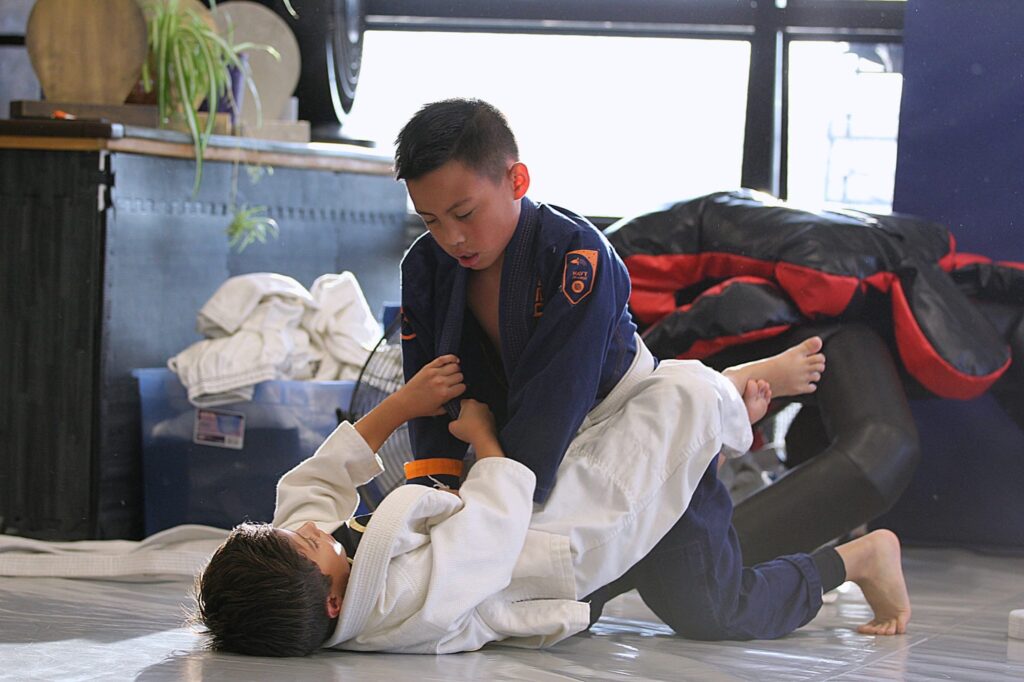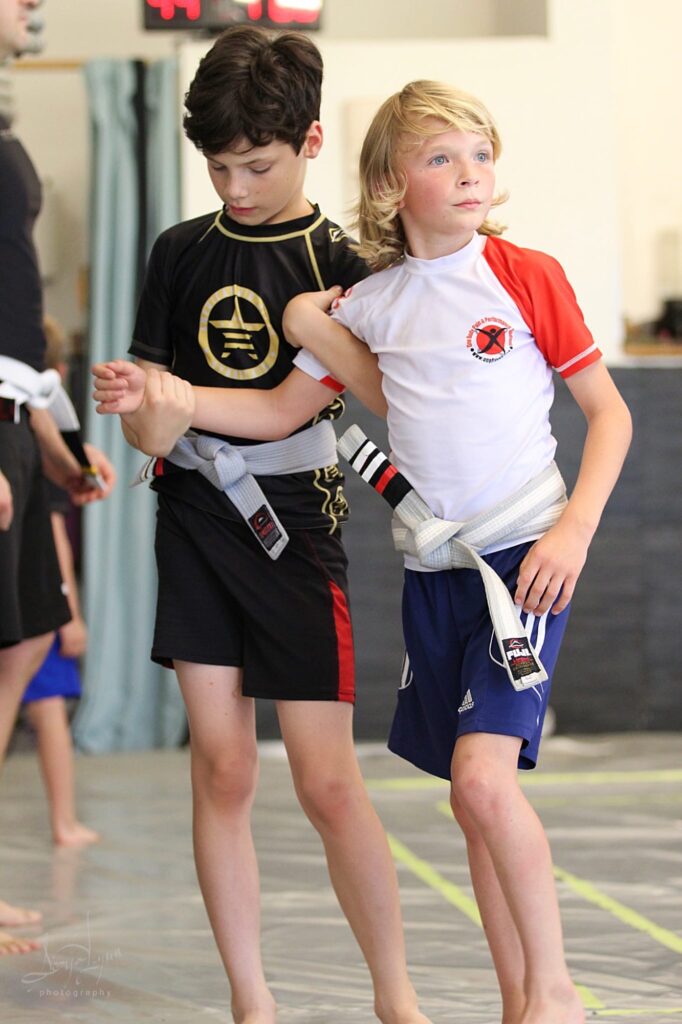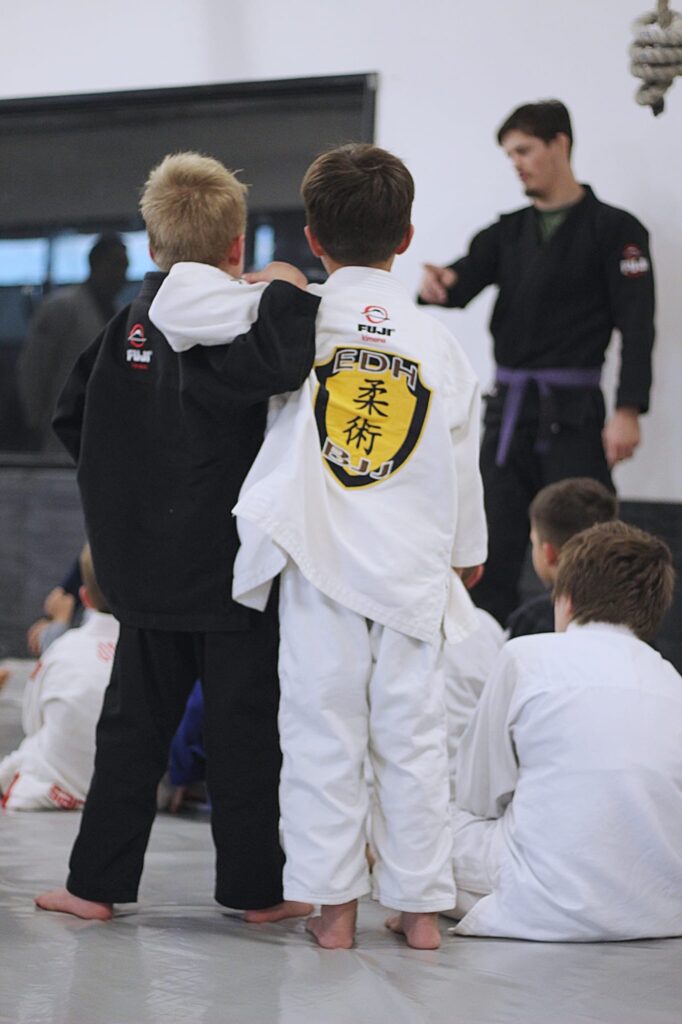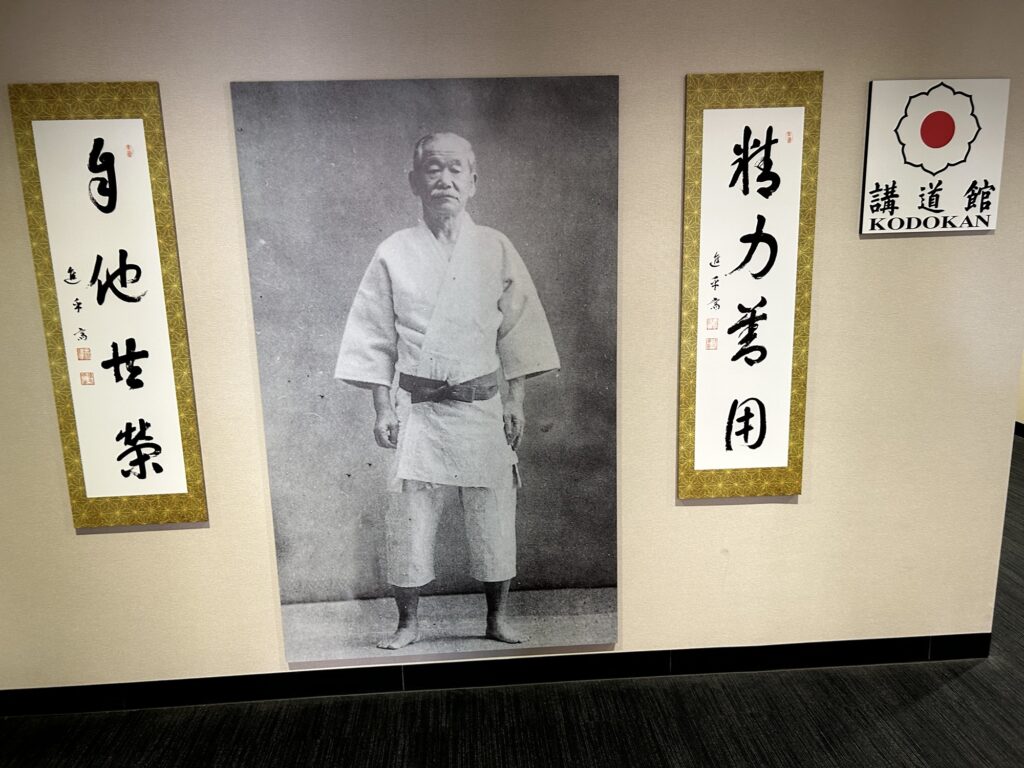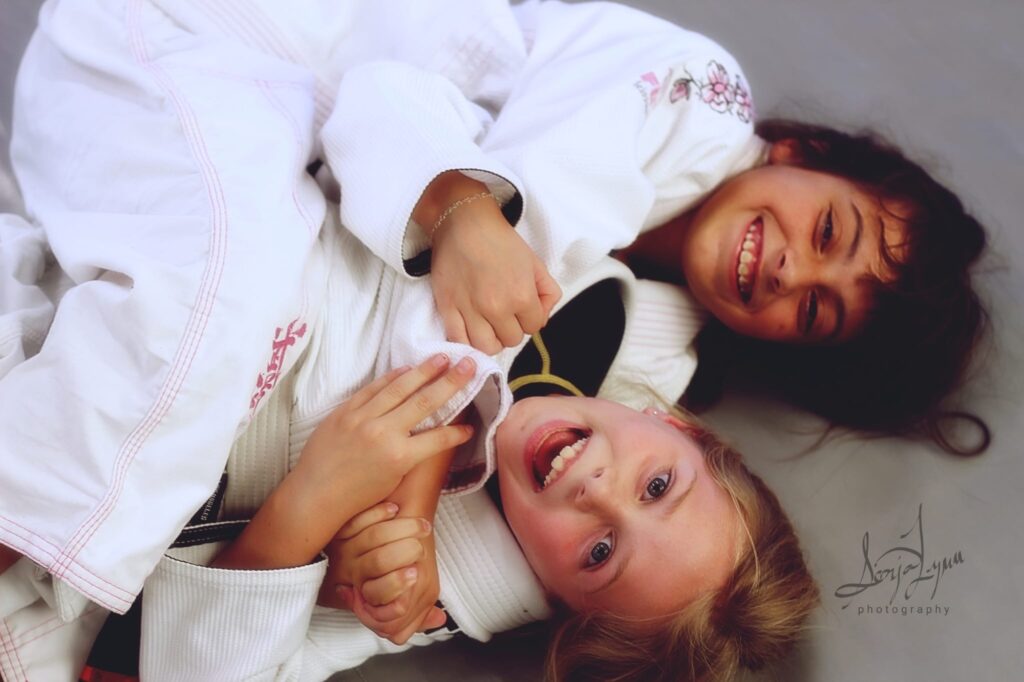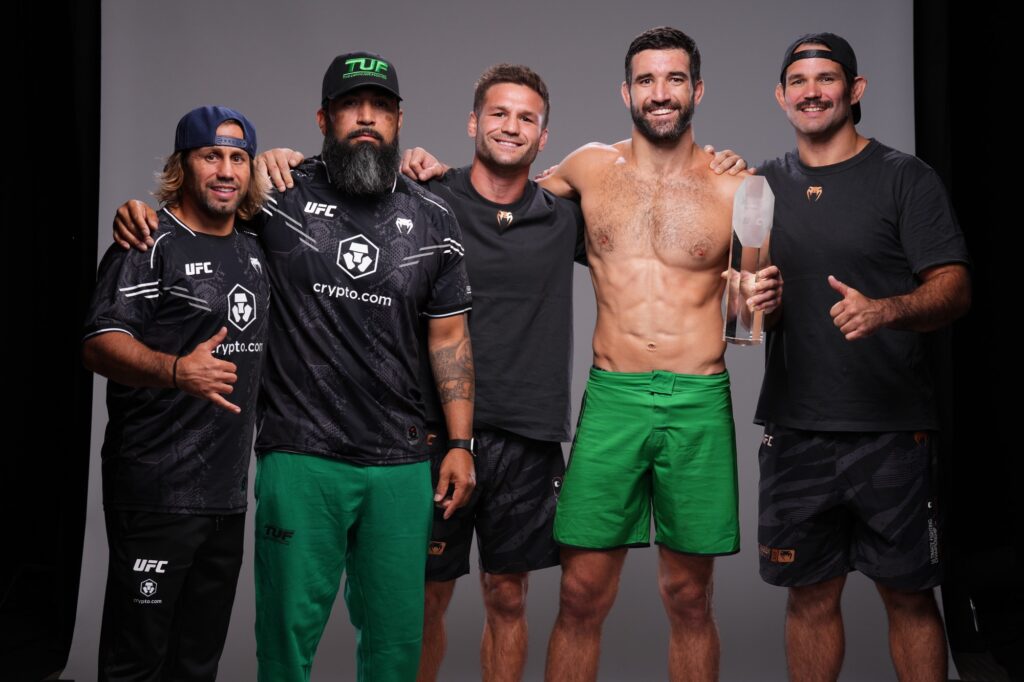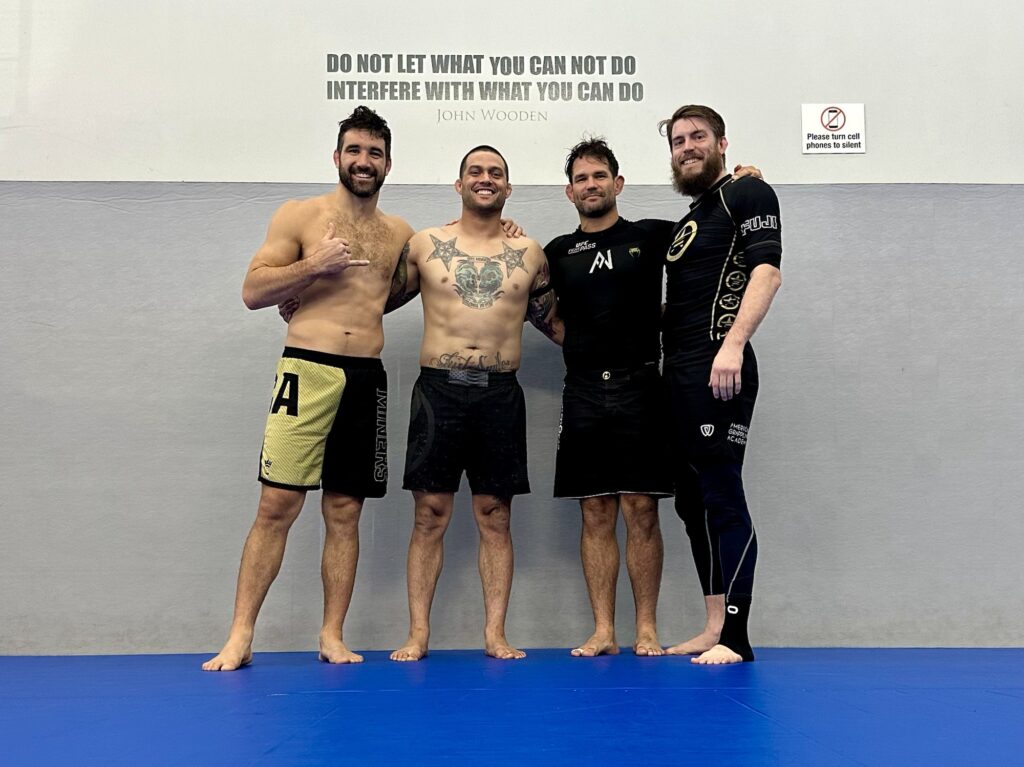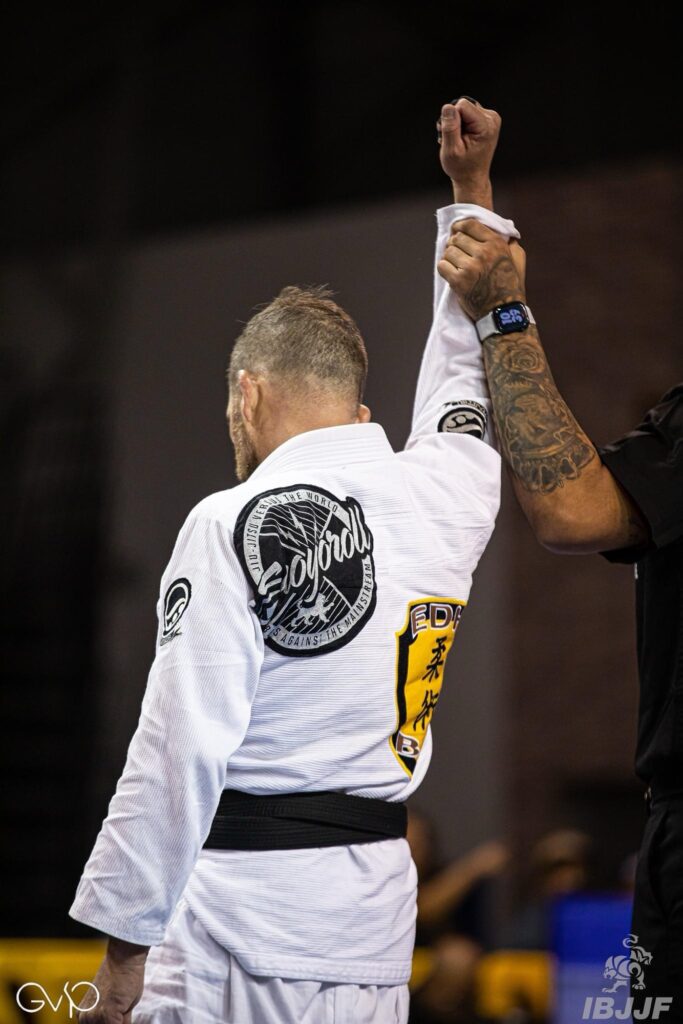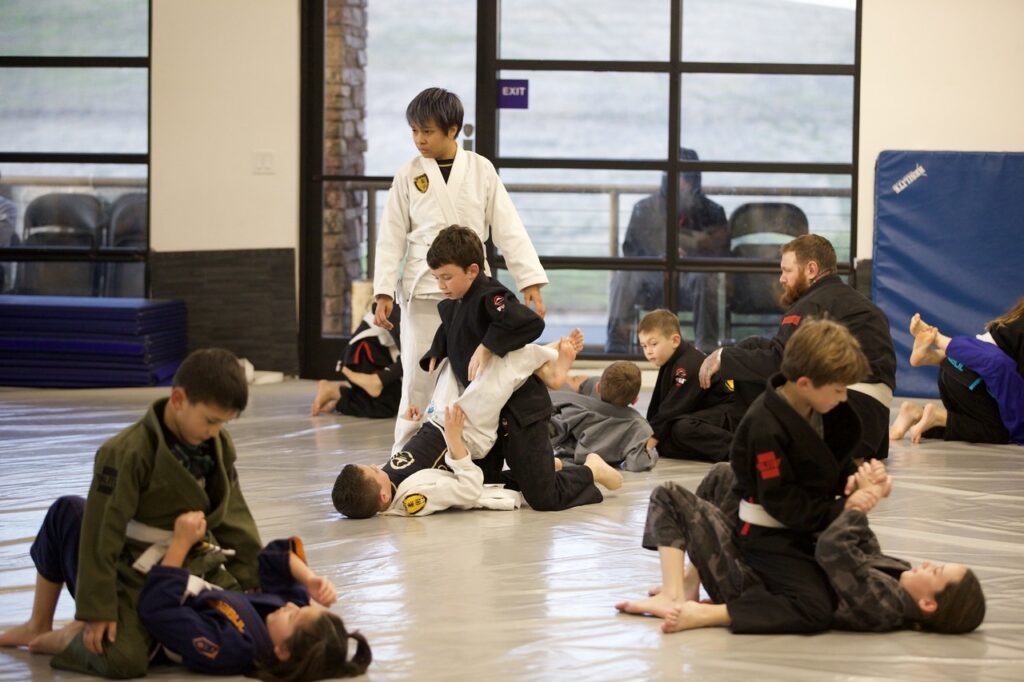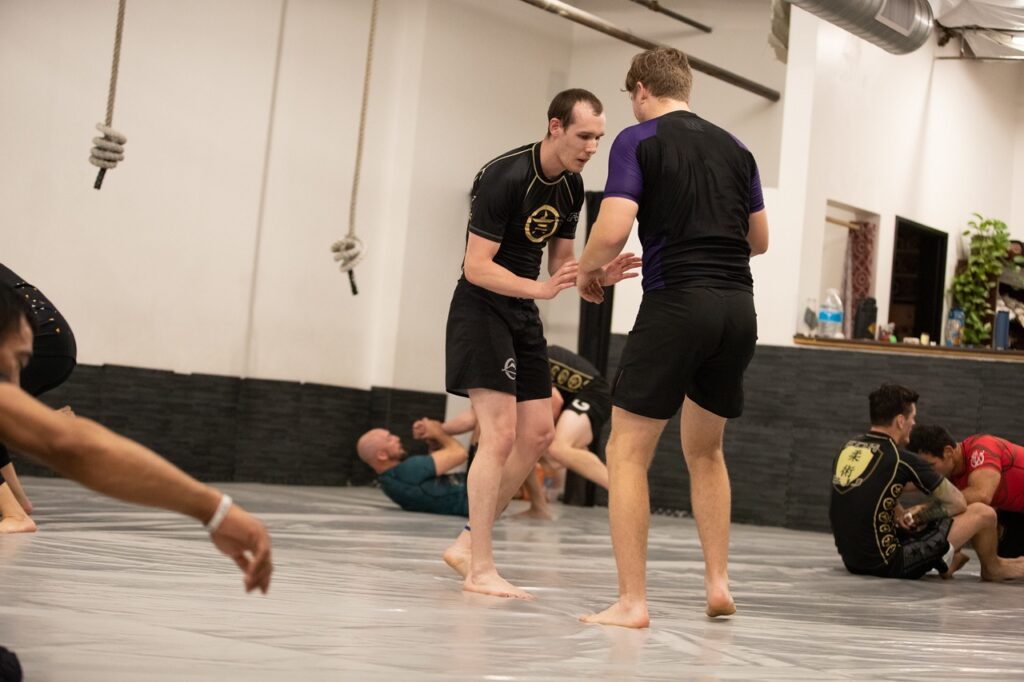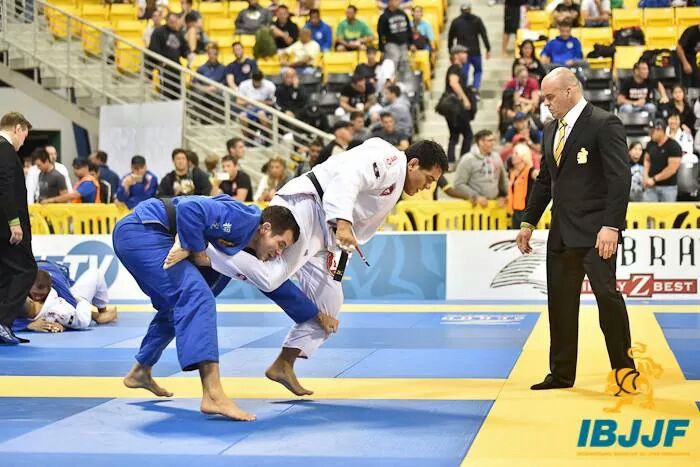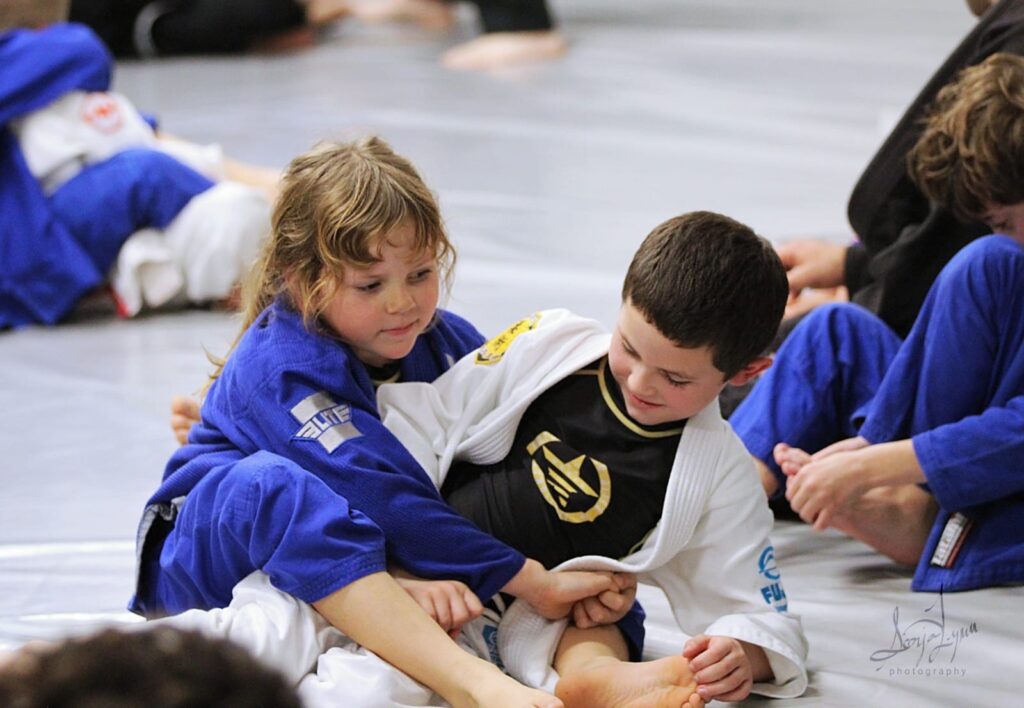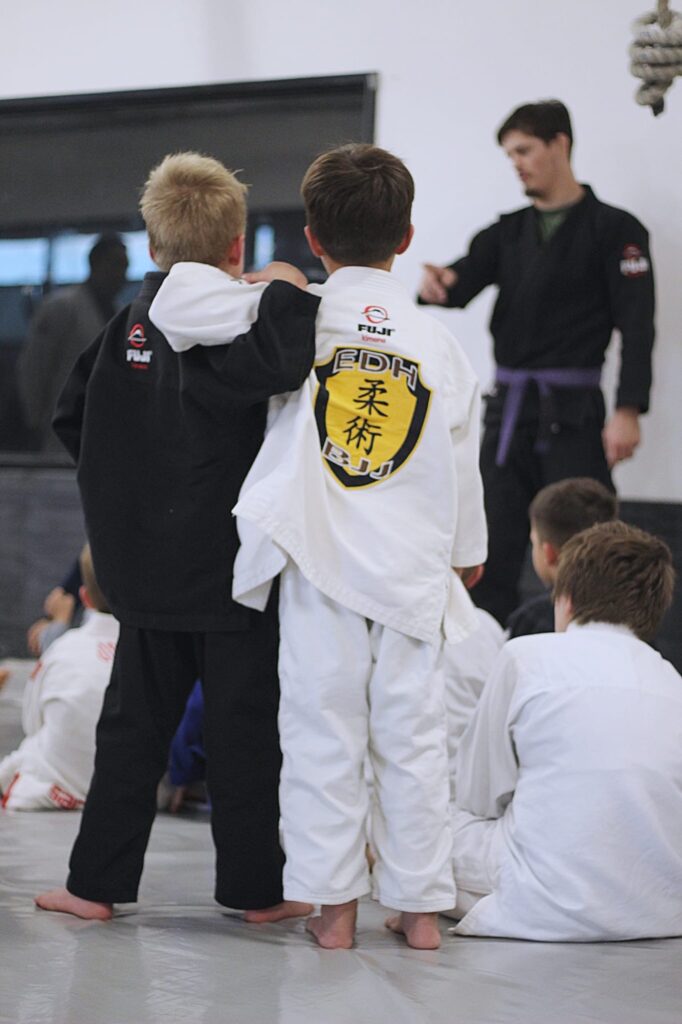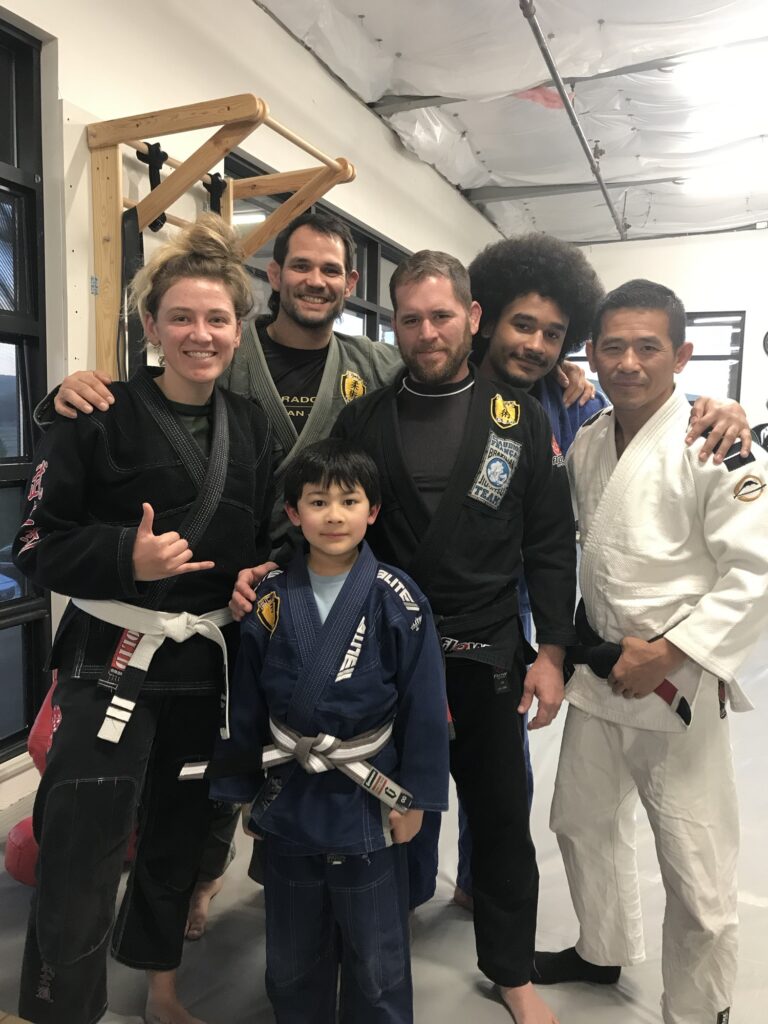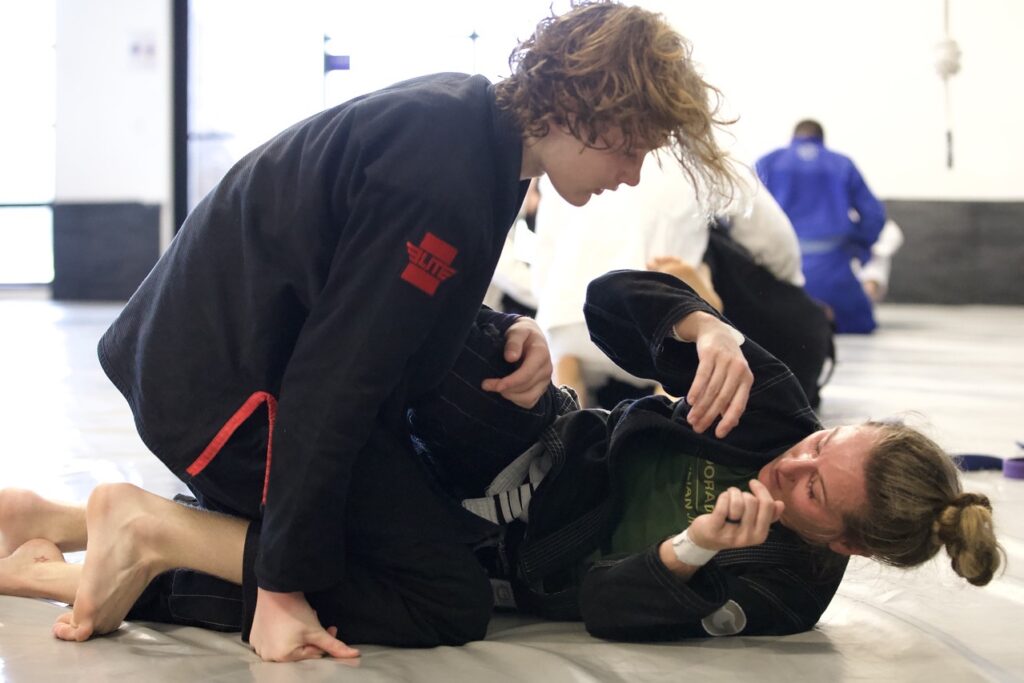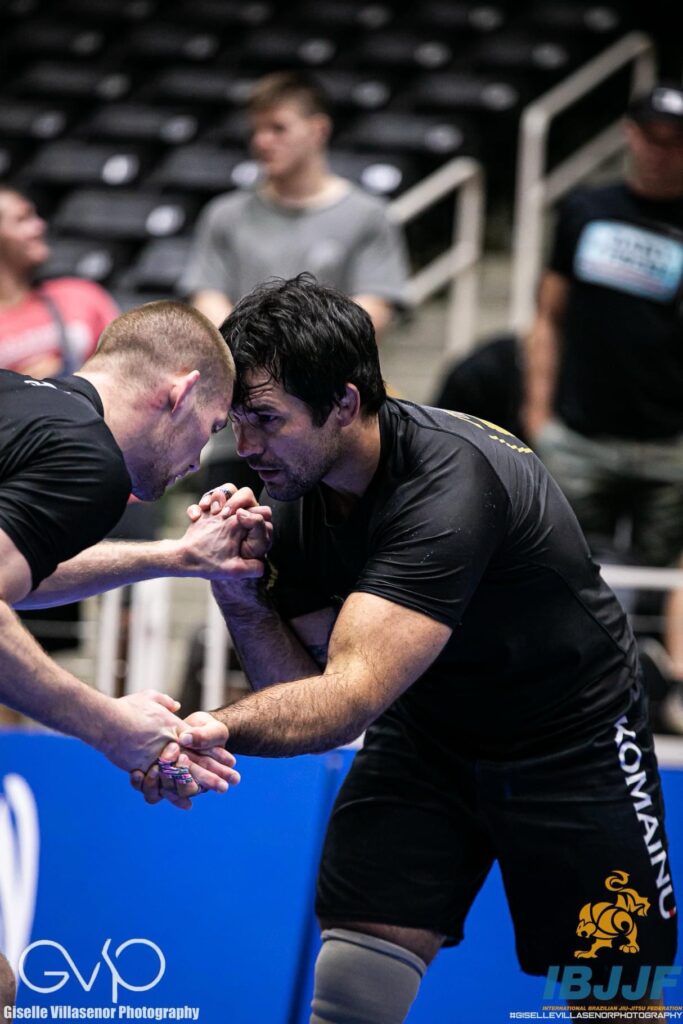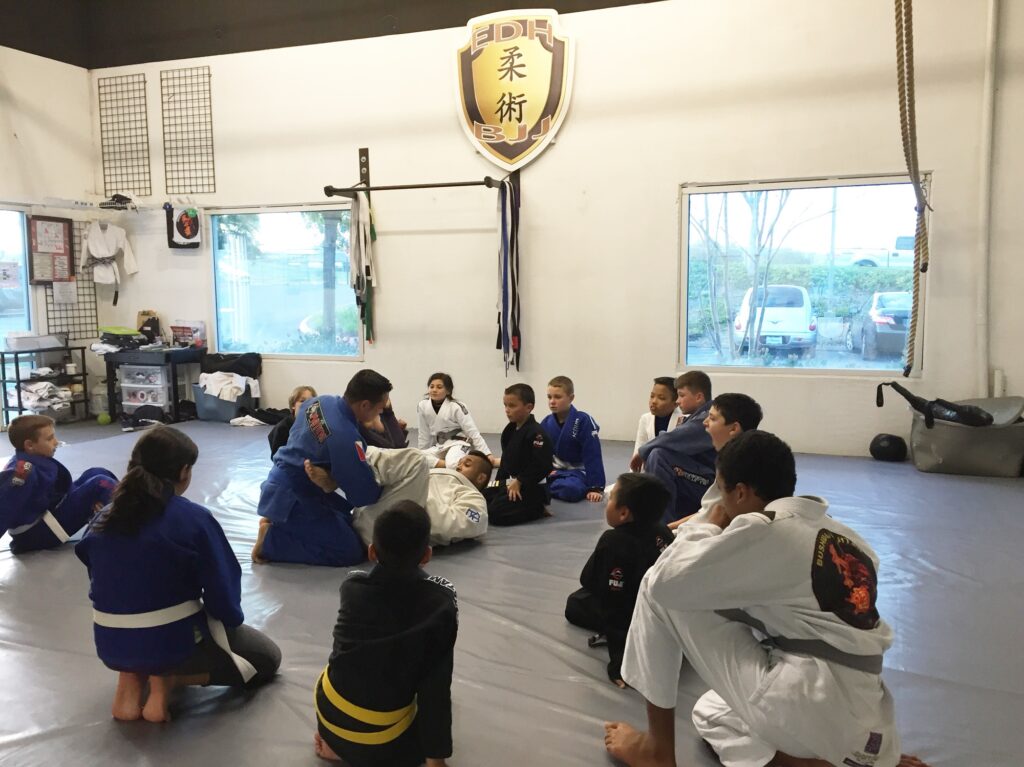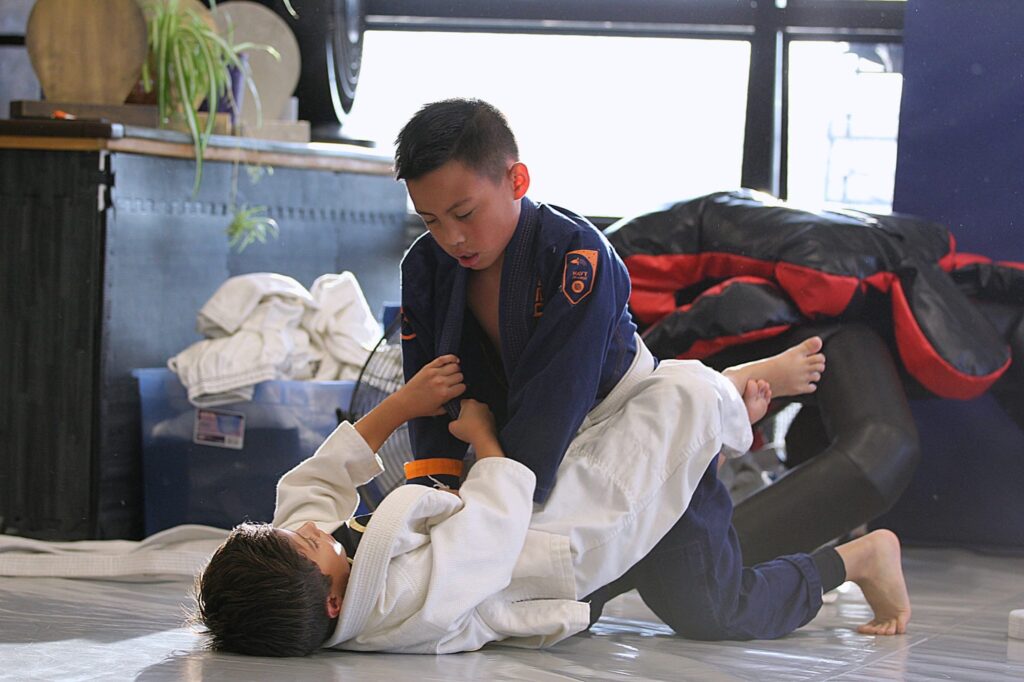
At El Dorado Hills Jiu Jitsu, we believe that the mat is not just a place for physical training, but also a space for intellectual growth and community building. A key aspect of this philosophy is fostering an environment where everyone, especially beginners, feels comfortable speaking up and asking questions. We understand that Brazilian Jiu-Jitsu (BJJ) can be intimidating at first, with its complex techniques and steep learning curve. That’s why we prioritize a culture of open dialogue—because every question is valuable, and every voice matters.
The Importance of Asking Questions
In the early stages of learning BJJ, it’s natural to feel overwhelmed. The movements, terminology, and even the culture of the gym can all be new and confusing. Asking questions is one of the most powerful tools for overcoming these challenges. When beginners feel empowered to ask questions, they accelerate their learning, build confidence, and deepen their understanding of the art. Questions aren’t just for the individual asking them; they often lead to insights that benefit the entire class.

A Supportive Learning Environment
At El Dorado Hills Jiu Jitsu, we’ve cultivated an environment where curiosity is encouraged, and no question is too small or too basic. Our instructors are dedicated to making sure every student, regardless of their experience level, feels heard and supported. We believe that when beginners speak up, they contribute to a richer learning experience for everyone. The questions that might seem simple or obvious to a seasoned practitioner often lead to important reminders and clarifications for the entire group.
Encouraging Peer-to-Peer Interaction
In addition to fostering open communication between instructors and students, we also encourage peer-to-peer interaction. Our community is built on mutual respect, and more experienced students are always willing to help beginners. This culture of support ensures that everyone, from the white belts to the black belts, is learning and growing together. By creating an atmosphere where questions are welcomed and respected, we help build a stronger, more connected community.
Overcoming the Fear of Speaking Up
We understand that it can be daunting for beginners to speak up, especially in a room full of more experienced practitioners. To help overcome this, our instructors actively engage with students, encouraging them to share their thoughts and ask questions. We remind our students that everyone was once a beginner and that the path to mastery starts with curiosity and the courage to seek understanding.
How We Facilitate Open Dialogue
- Dedicated Q&A Time: We set aside specific times during classes for questions, ensuring that students have the opportunity to clarify techniques and concepts.
- Instructor Approachability: Our instructors are approachable and attentive, making it easy for students to ask questions both during and after class.
- Peer Mentoring: Advanced students are encouraged to mentor beginners, creating a supportive network where questions can be addressed in a more informal setting.
- Mat Chats: Regular discussions on and off the mat help to break down barriers and reinforce the idea that open communication is a key part of our culture.
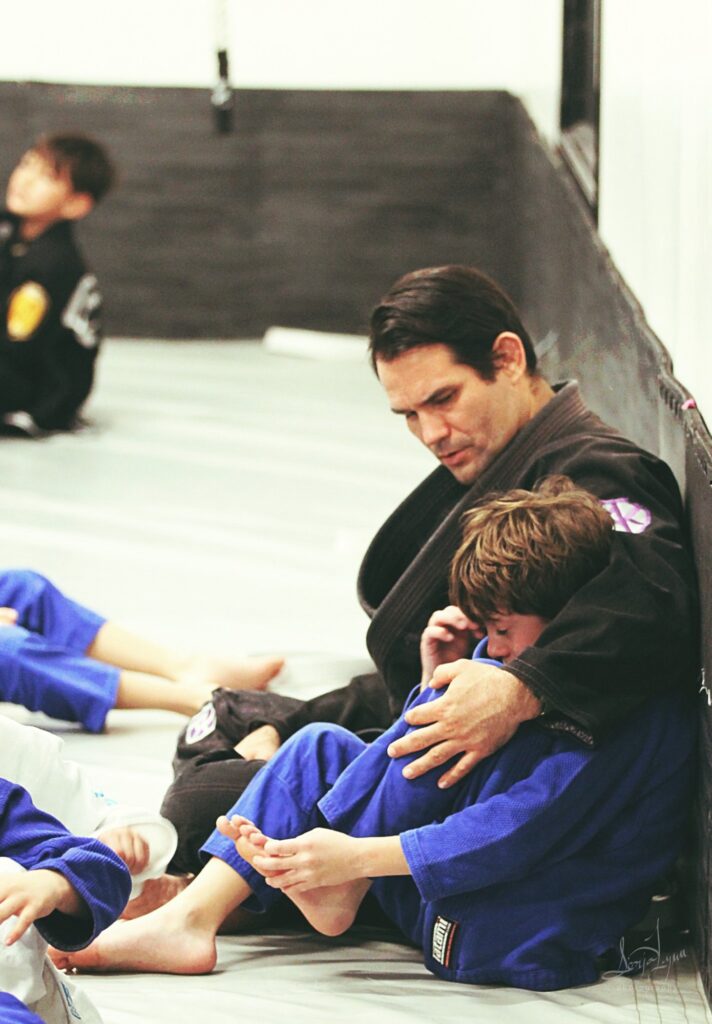
Join Our Community
Whether you’re a seasoned athlete or stepping onto the mat for the first time, you’ll find a welcoming and supportive environment at El Dorado Hills Jiu Jitsu. We believe that everyone has something to contribute, and we’re committed to ensuring that every student feels confident in their journey. Your questions and insights help us all grow—so don’t hesitate to speak up!
At El Dorado Hills Jiu Jitsu, we’re more than just a gym—we’re a community of learners, each on our own path, but moving forward together. We look forward to seeing you on the mat, where your voice will always be valued.
This blog post emphasizes the culture of open communication at El Dorado Hills Jiu Jitsu, inviting everyone, especially beginners, to feel comfortable asking questions and participating in their learning journey.
